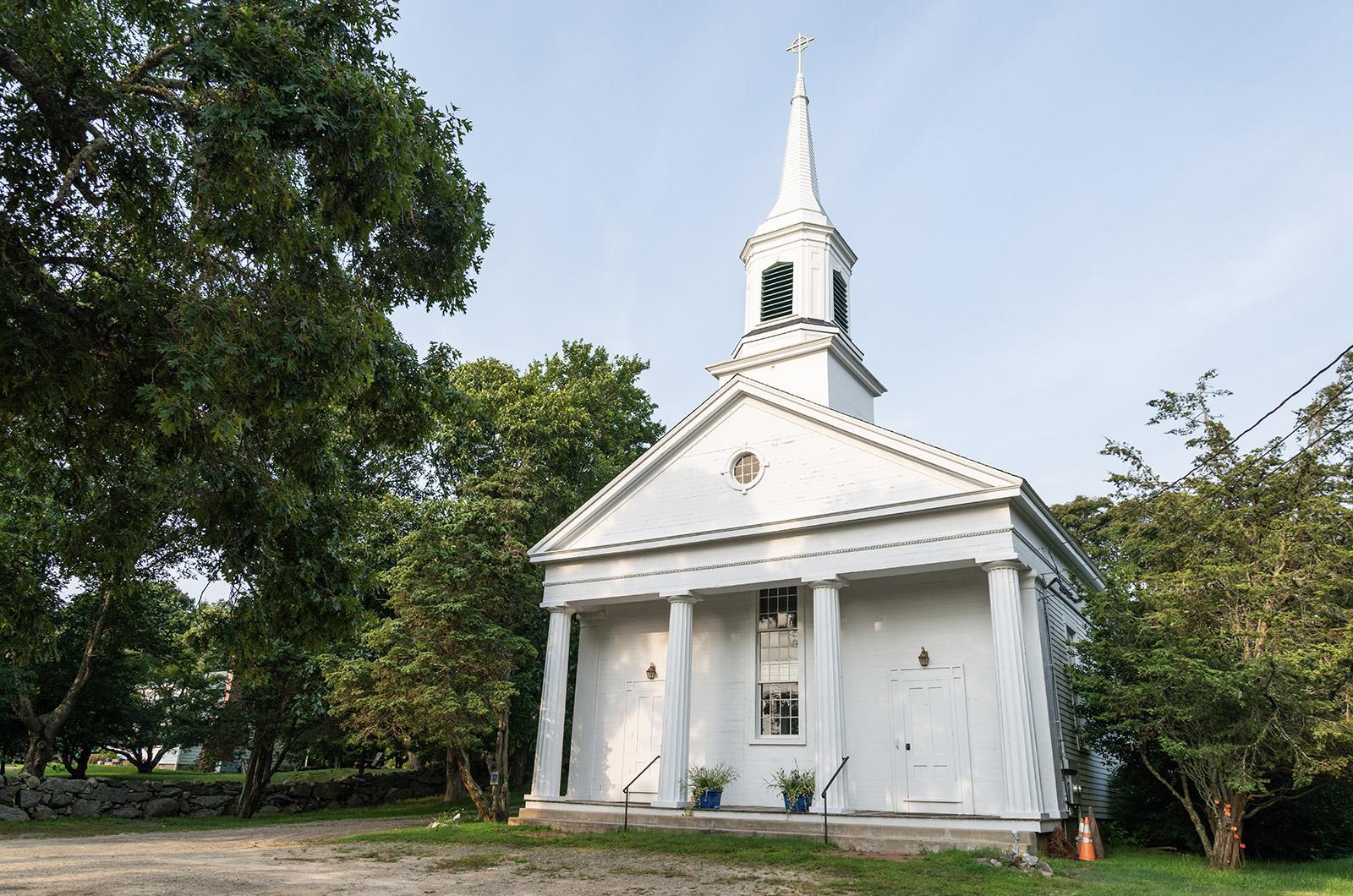The Chilmark Community Church and the overarching United Methodist Church organization it has been part of for years are headed to mediation over ownership of the 1.6-acre church grounds on Menemsha Crossroad.
The Chilmark church has talked about leaving the Methodist church for four years and sued the New England Annual Conference of the United Methodist Church in state Land Court in August in an attempt to stake a claim to its Vineyard property.
On Wednesday, the two agreed to sit down with an independent mediator in December to potentially avoid a drawn out and expensive trial.
The Chilmark congregation says it has owned and maintained the Up-Island property for more than a century and asked the court to confirm the title is in the name of the Chilmark Community Church and not controlled in any part by the New England Conference of the United Methodist Church.
The larger Methodist organization said the property is held in trust under the Book of Discipline, the governing text of the church. The book states there is an “implied trust” in church deeds that practice as part of the United Methodist Church but don’t have a specific trust clause.
The state Land Court first suggested mediation in early October.
“This court is convinced that this case may be capable of being resolved by the parties, and that the parties would benefit greatly by having a trained neutral serve as mediator,” Land Court judge Diane Rubin wrote in an Oct. 3 order.
If a settlement cannot be reached, the two organizations could end up back in a courtroom sometime next year.
Thousands of other churches across the country have exited the United Methodist Church in recent years. The wider movement revolved around disagreements in theology and the roles of LGBTQ+ acceptance.
Officials with the Chilmark Church have said they want to become an independent, non-denominational church that can follow its mission of worshiping “without regard to gender, sexual orientation, race, ethnicity, mental capacity, physical ability, nationality, age, and economic or family status.”







Comments (1)
Comments
Comment policy »